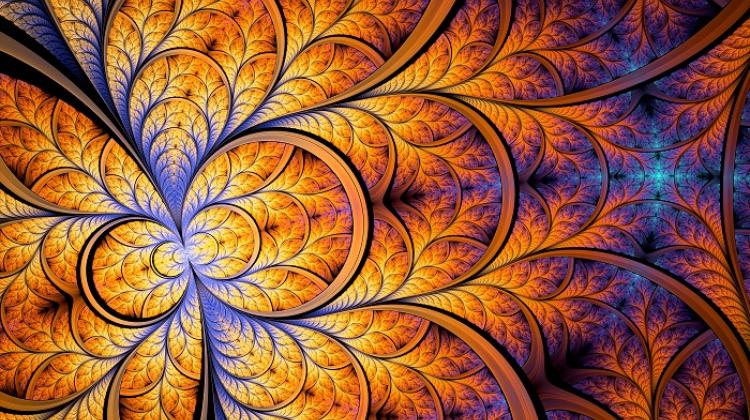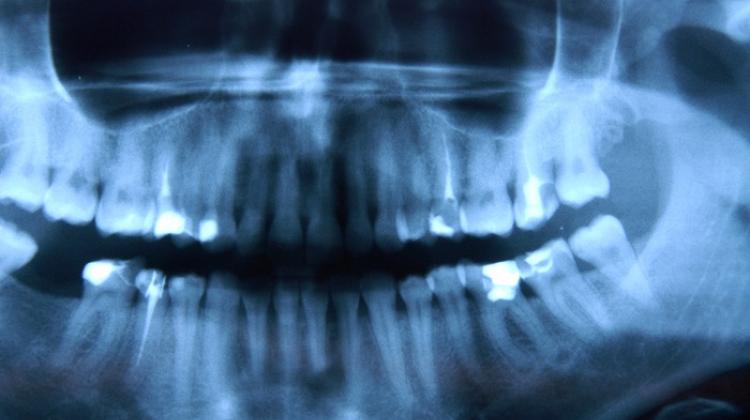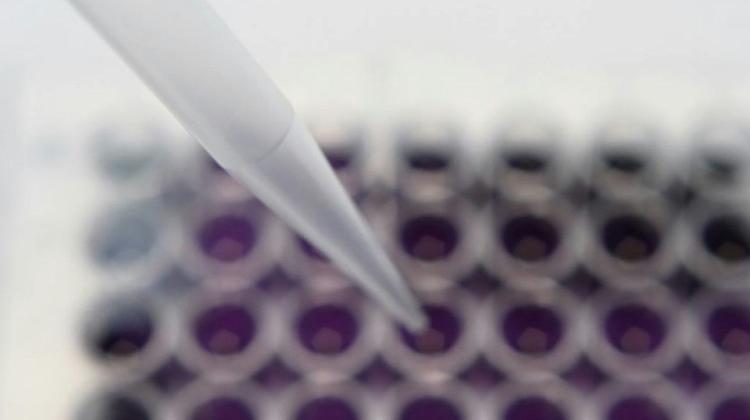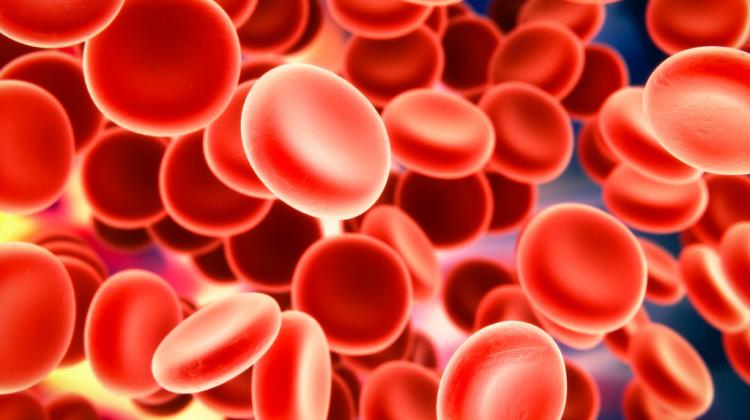Stem cells will help to treat hard-to-heal wounds
 Photo: Fotolia
Photo: Fotolia
Stem cells may have another application. Studies have shown that the substances they produce are suitable for the treatment of hard-to-heal wounds. Since they have shown improvement in as much as 75% patients with such condition, researchers want to use them in special dressings.
Due to their properties: differentiation into other types of cells and potentially unlimited reproduction, stem cells are one of the "hottest" topics in modern medicine and science. Researchers continue to find new applications for them. Only in recent months there have been reports that stem cells bring results, among other things, in treating the effects of stroke, they have been transplanted into a burned eye, they have been administered to patients with advanced multiple sclerosis, and attempts have been made to use them to treat erectile dysfunction.
Research shows that stem cells can also be excellent for treating hard-to-heal wounds. Studies conducted in the Regional Specialist Hospital in Wrocław showed that in 75% patients with this type of wounds injected with their own stem cells there were significant improvements in healing.
"We started to wonder what was the cause of that result. We studied stem cells and found that the therapeutic effect observed in patients could be caused not by the cells themselves, but by their products" - told PAP Dr. Honorata Kraśkiewicz from the Ludwik Hirszfeld Institute of Immunology and Experimental Therapy of the Polish Academy of Sciences in Wrocław.
The effect is probably caused by a "protein cocktail" consisting of a number of medicinal substances, including proteins - cytokines and growth agents.
Dr. Kraśkiewicz stressed, however, that taking a patient\'s stem cells is a costly and invasive procedure, so not everyone can undergo it. In older, sick persons with various ailments, an additional procedure of taking the cells is associated with stress. "The cells have to be taken from adipose tissue. In addition to the fat cells, it contains a stem cell pool. After isolating, the stem cells are applied to the patient\'s wound" - Dr Kraśkiewicz explained. However, the amount of stem cells in adipose tissue is also limited.
Dr. Kraśkiewicz and her team from the Ludwik Hirszfeld Institute of Immunology and Experimental Therapy decided to find a slightly different solution. "Our task is to extract the therapeutic substances from stem cells and combine them with a hydrogel dressing. We want to collect such cells from a healthy donor and +immortalize+ them by creating a cell line. This will allow us to grow these cells in laboratory conditions, where they will produce therapeutic substances" - she described.
Later, the substances thus produced can be combined with hydrogel dressings and administered to the patient. Naturally, hydrogel dressings are already available and have good results. Hard healing wounds need good hydration, and hydrogel provides that and prevents infections. But sometimes, in the case of extensive wounds, even hydrogel does not always help. That is why we have to do more. We want to add an additional function of releasing therapeutic agents" - the researcher said.
She explained that with this kind of dressing, no patient would have to go through the procedure of isolating their own stem cells; patients would receive a finished product - a hydrogel with substances of cell origin. "We would like our dressing to be universal and widely available. It should help the wound heal faster and more effectively" - the researcher anticipates.
Dr. Honorata Kraśkiewicz received a grant from the Foundation for Polish Science to develop a hydrogel dressing using stem cells. Researchers will now start working on the exact composition of the dressing. For now, it is not yet known how much it would accelerate wound healing.
"Our research under the Foundation for Polish Science grant is only an initial stage. We would like to continue later, but with the involvement of a company that would be interested in producing such dressings. The solution would be more expensive than conventional hydrogel dressings, but more effective and cheaper than using the patient\'s own stem cells" - said Kraśkiewicz.
PAP - Science and Scholarship in Poland, Ewelina Krajczyńska
ekr/ agt/ kap/
tr. RL
Przed dodaniem komentarza prosimy o zapoznanie z Regulaminem forum serwisu Nauka w Polsce.


















